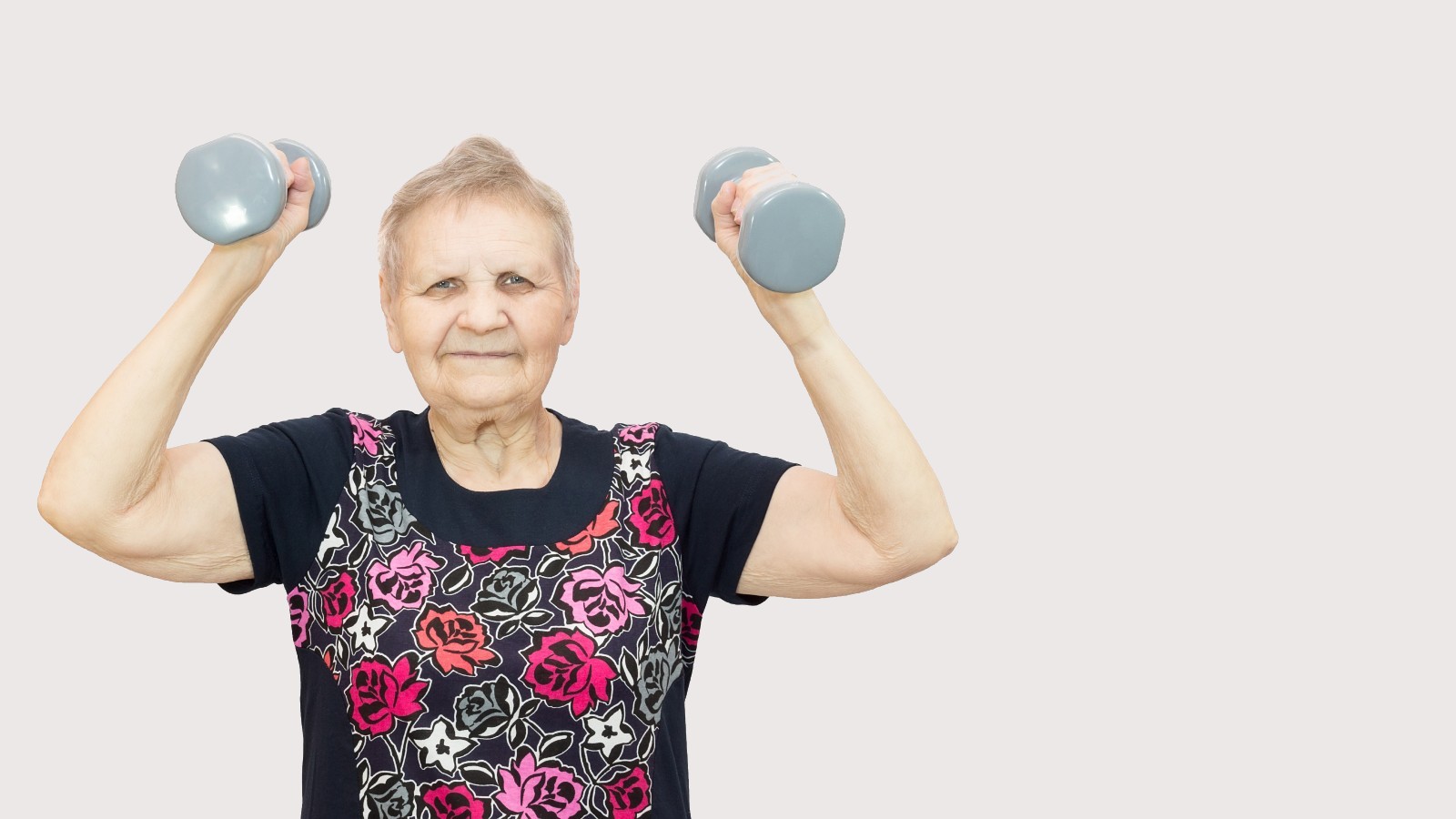There are a range of methods and behaviours that can be undertaken to promote healthy ageing. The concepts of healthy ageing, include;
-
Maintaining an active lifestyle.
-
Maintaining social interaction and communication.
-
Not drinking too much.
-
Not smoking.
-
Maintaining regular exercise.
-
Maintaining a healthy diet.
-
Accessing appropriate health care.
According to Healthdirect which is an Australian Government initiative, the specific recommendation regarding exercise is that adults over 65 years of age undertake at least 30 minutes of moderate intensity physical activity (ie. walking or swimming) on most days of the week .
Fitness professionals should be aware of the common health related conditions (physiological), behavioural changes and social needs, and lifestyle and cultural factors which affect older clients and how exercise can improve overall health and wellbeing.
There are numerous health related conditions associated with aging, especially if lifestyle choices result in unhealthy habits or mostly sedentary activities. Some of these risks include:
-
A higher likelihood of falls.
-
Having lower bone density.
-
Suffering from poor cardiovascular health.
-
Chronic disease.
However, these health concerns can be partially offset by exercising which results in benefits in the following areas as long as the associated medical conditions and injuries are taken into consideration:
Based on a National Health Survey conducted by the Australian Bureau of Statistics 72% of people aged over 65 were overweight or obese. Recent research has resulted in BMI ranking levels being adjusted for individuals over the age of 65, with the new healthy range for this cohort being between 23-30.9 (as opposed to the healthy range for younger adults which is 18.5-24.9), however these statistics are still concerning.
-
Physiological - Metabolism slows as people age, and this can result in higher fat levels if physical activity is not maintained.
-
Biomechanical - Individuals who are overweight or obese may experience problems with movement related activities such as bending, kneeling, stooping, lifting/carrying and balance.
-
Benefits of Exercise - Reduction of fat levels which inturn can prevent conditions such as heart disease, obesity, type diabetes 2, among others.
-
Suggested Exercises - Weight training, and aerobic activities such as walking, swimming or cycling.
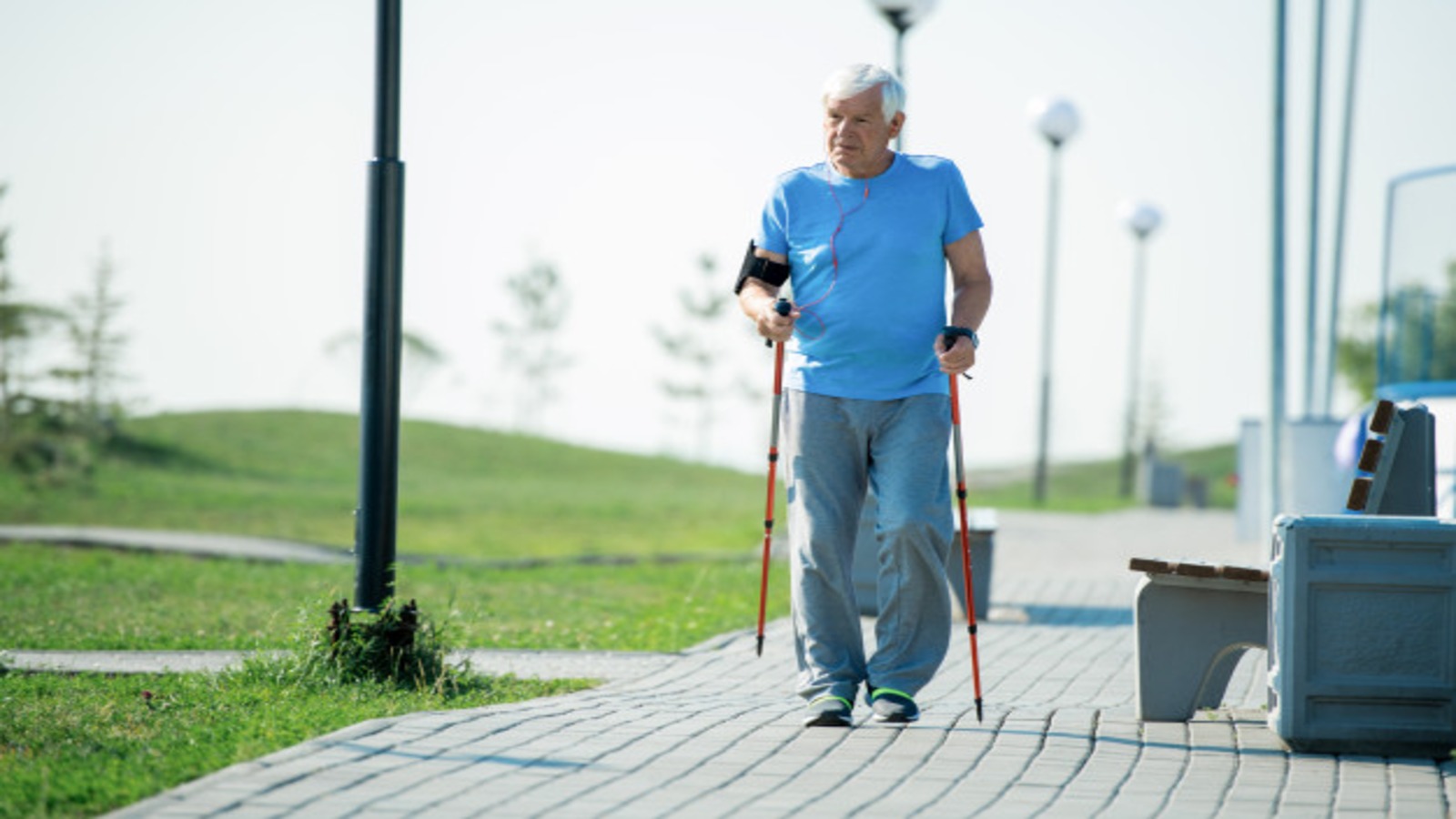
-
Physiological - Reduced water content to connective tissues such as ligaments and tendons, decreases elasticity and flexibility.
-
Biomechanical - This lack of flexibility can result in overly tight muscles, predisposing one to certain injuries and impacting on balance and coordination.
-
Benefits of Exercise - Reduced risk of falls and associated injuries such as sprains, strains, and fractures.
-
Suggested Exercises - Regular stretching, yoga; pilates, tai chi, and aqua aerobics.

-
Physiological - As people age their muscle mass tends to naturally decline (known as Sarcopenia or muscle wastage), this can be exascerbated by a sedentary lifestyle. Studies conducted in the USA and UK show Sarcopenia is found in approximately 5-15% of people aged 60-80 years of age, increasing dramatically to over 80% of people aged 80 years and over.
-
Biomechanical - Reduced muscle mass impacts on biomechanical movement due to overall weakness, lack of stamina, and a higher risk of falling and bone fractures.
-
Benefits of Exercise - Increased muscle mass and strength by improving mitochondrial health, increasing protein turnover and restoring levels of signaling molecules involved in muscle function.
-
Suggested Exercises - Resistence exercises such as weight training using machines or free weights or elasticated bands.
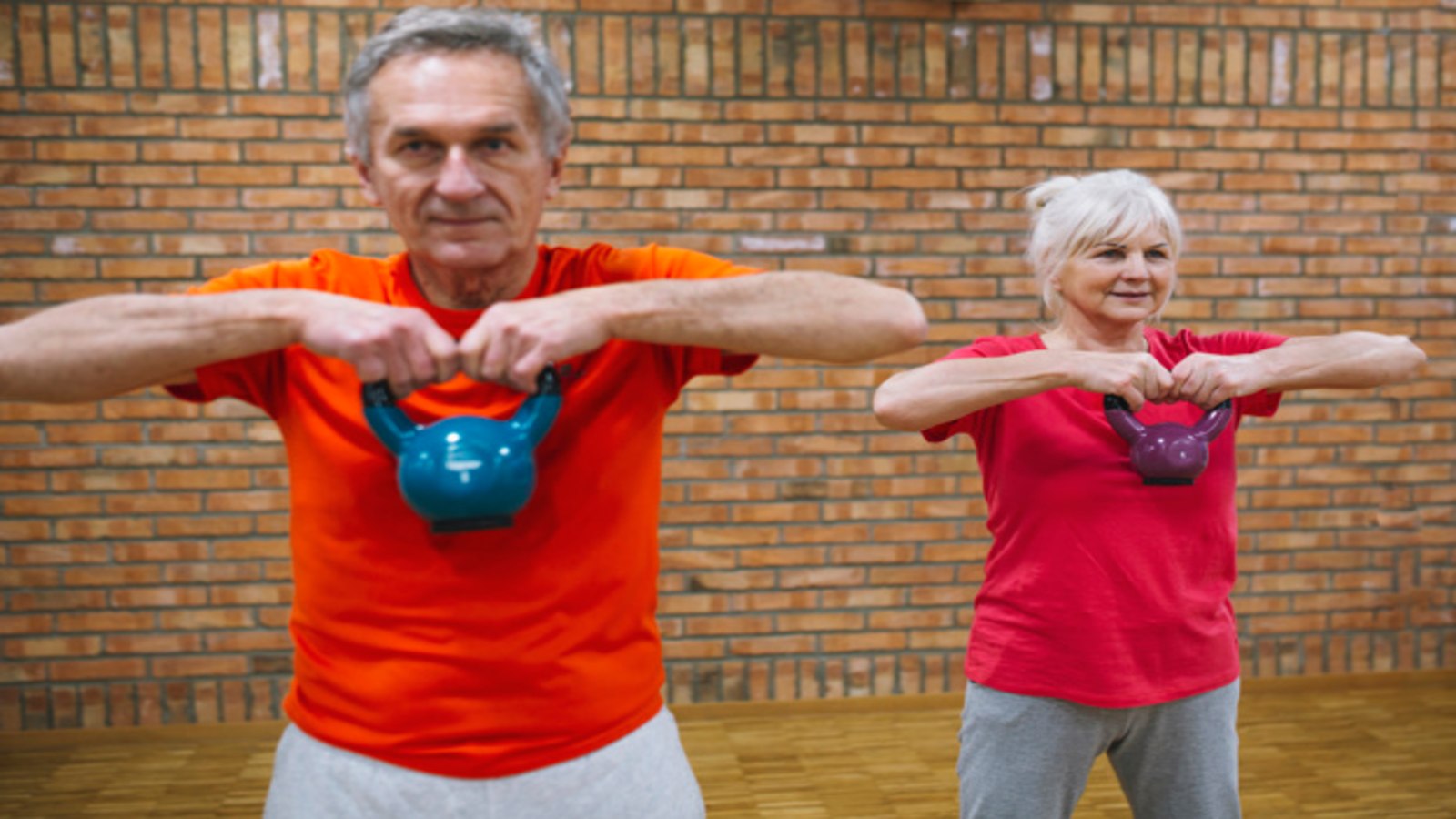
According to the Australian Bureau of Statistics the proportion of people with heart disease aged 75 years and over is 25.8%.
-
Physiological - Age causes changes to the heart and blood vessels, enlarging the heart slightly and thickening the walls. Sedendary lifestyles also result in a lack of physical fitness and if coupled with poor dietary intake and/or smoking can greatly affect cardiovascular endurance and health.
-
Biomechanical - Poor cardiovascular endurance is evidenced by muscle cramps, rapid loss of breath, and insufficient heart rate (among other signs).
-
Benefits of Exercise - Increases efficiency of the heart muscle which means circulation is improved, heart rate is reduced and blood pressure lowered. Calories are also burned through aerobic exercise reducing fat levels.
-
Suggested Exercises - Aerobic activity such as walking, swimming or cycling. Low-intensity is recommended in the first instance, slowly building up pace as endurance increases. Regular rest intervals may be required.

-
Physiological - Bones become less dense as aging increases due to inactive lifestyles, hormonal changes and a natural loss of calcium and other minerals. Joints are also impacted due to a decrease of lubricating fluid (synovial fluid) which helps smooth movement.
-
Biomechanical - This can lead to an increased risk of breaks and fractures as well as other musculoskeletal conditions such as Osteoarthritis, Osteoporosis, and Rheumatoid Arthritis.
-
Benfits of Exercise - Bone density is increased, muscular strength and flexibility is improved.
-
Suggested Exercises - Weight bearing and resistance exercises. Aerobic exercises such as walking, swimming, stair climbing and cycling can also improve and maintain muscle strength. Regular stretching improves muscle flexibility.
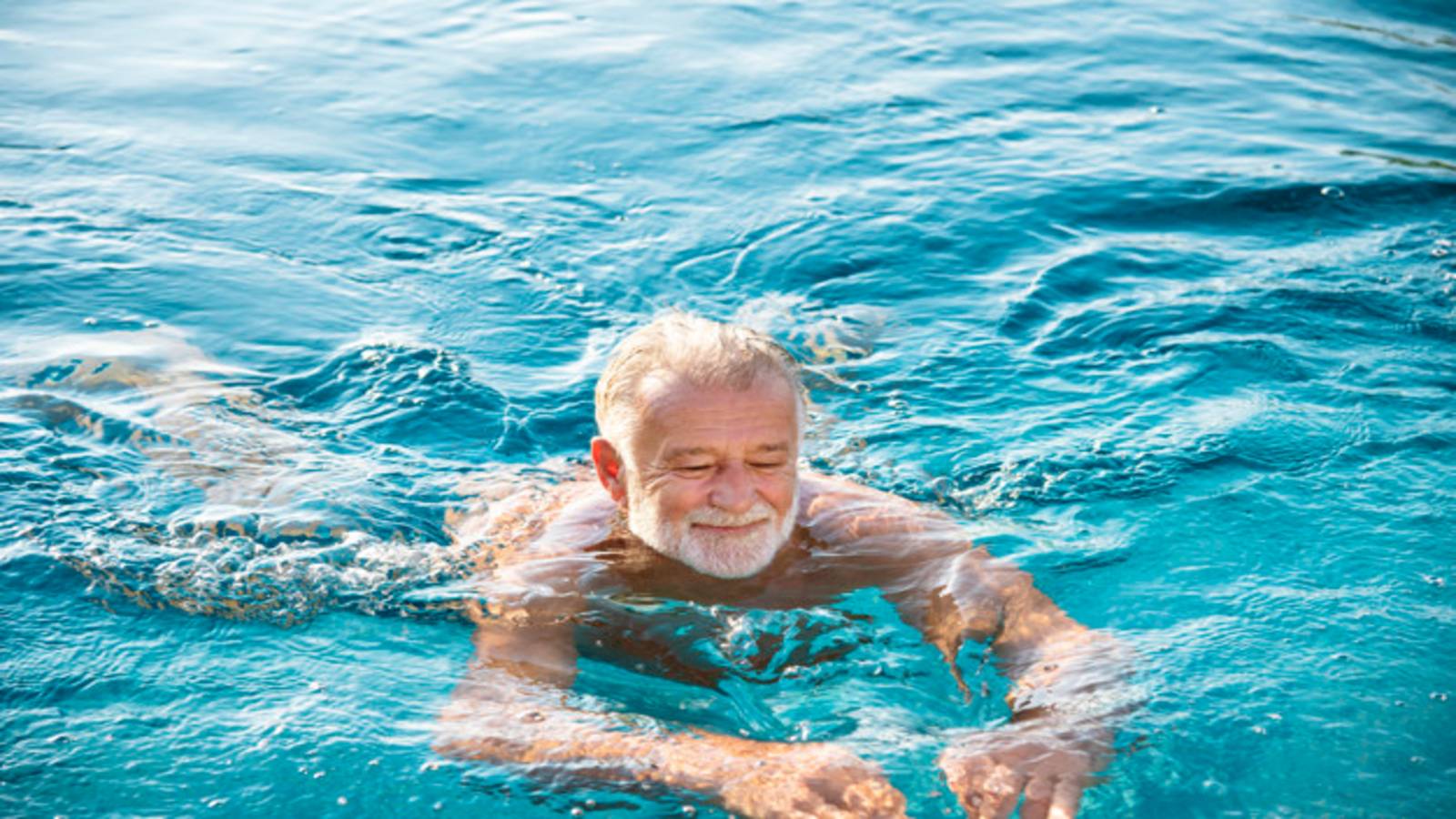
-
Physiological - Urinary incontenance is very common amongst women, especially during pregnancy and after childbirth, and can also occur in men due to prostate disorders.
-
Biomechanical - Urine leakage can occur during periods of movement, especially sudden coughing, laughing or sneezing.
-
Benefits of Exercise - Weight loss, which is associated with regular exercise, can have an improvement of urinary incontinence.
-
Suggested Exercises - Pelvic floor muscle training (Kegel exercises). Low impact aerobic exercises.

Retirement, less family and domestic responsibilities and associated loneliness and depression can influence poor cognitive function or mental health which impacts on physical activity levels. According to Dementia Australia, Dementia is the second leading cause of health in Australian's overall (behind heart disease) and the lead cause of death for women specifically.
-
Physiological - Ageing can increases the incidence of general forgetfulness, anxiety, confusion, and problem solving ability. More severe examples of these physiological conditions may indicate Dementia.
-
Biomechanical - Whilst cognitive function does not impact specifically on one's physical ability to move it may mean that they take longer to master a particular exercise activity/routine and/or feel more apprehensive or anxious about participating.
-
Benefits of Exercise - Physical activity stimulates the release of dopamine, norepinephrine and serotonin which help to regulate mood. Exercise also improves memory, concentration and the ability to undertake everyday tasks. Social engagement helps to prevent loneliness.
-
Suggested Exercises - No specific exercises can improve cognitive function however physical activity in general, especially in groups of similar aged participants, is recommended.
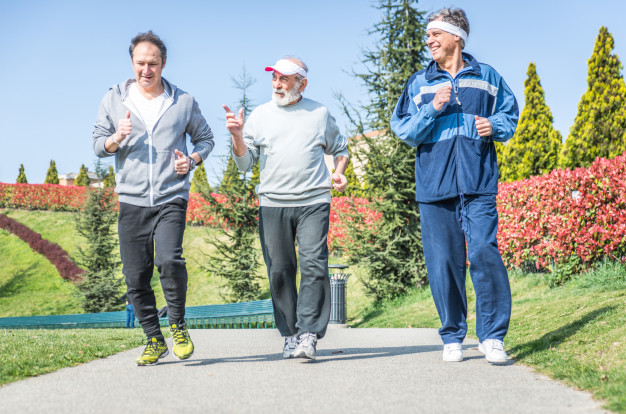
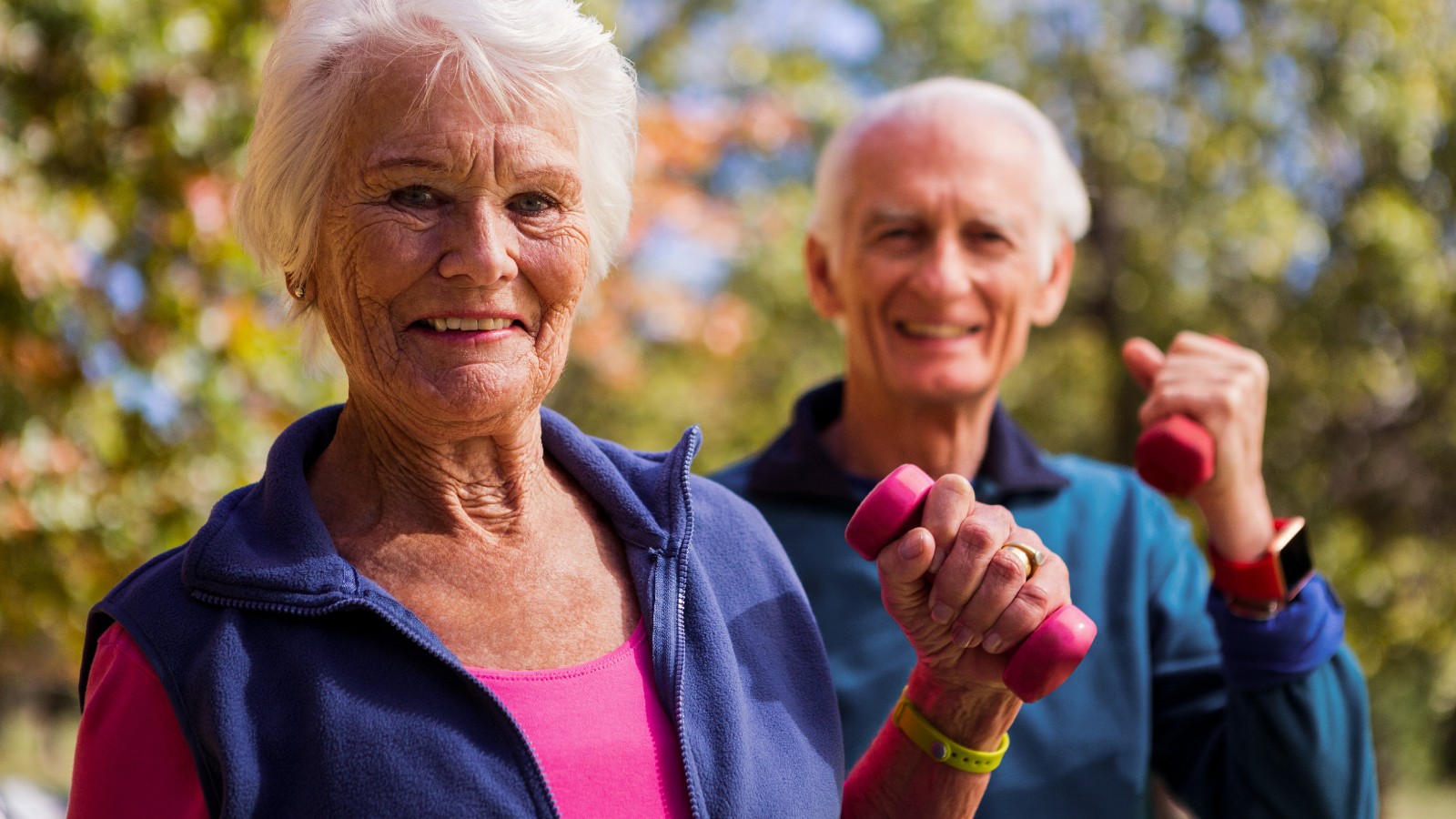
There are a variety of behavioural changes and resulting social needs which may affect the elderly. Everyone is different, and may or may not experience any or all of these changes and needs, however, being aware of the general list can assist you with planning and running exercise sessions and may assist with identifying more serious concerns which may require a referral to a medical or allied health professional.
-
Memory Loss / Forgetfulness - It is normal for people to occasionally suffer from mild memory loss or forgetfulness, such as forgetting where they put their keys or the name of a celebrity. What is not so common and may indicate the need for referall is problems remembering common information such as names of loved ones, recent events and conversations, or how to undertake basic tasks.
-
Low Mood / Depression - Lifestyle changes such as retirement, reduced family and domestic responsibility, and less independence can impact upon overall mood. Likewise, experiencing the loss of a spouse, friends, siblings and other peers causes grief which can be severe and/or prolonged. If extreme grief and/or depression is suspected then a referral to a medical professional or allied health professional is advised.
-
Discouragement / Anger - Frustration experienced due to lifestyle changes, declining health, and/or financial pressures can result in bouts of discouragement or anger. Everyone gets frustrated from time to time, however if these episodes are becoming more common or adversely affecting a client's personality then a referral is warranted.
-
Cognitive Ability - This natural decline is both a physiological issue and also a behavioural change. It can impact a persons ability to learn new skills, participate in activities, maintain social connection and live independently.
Lifestyle and cultural influences can impact upon the ageing process either negatively or positively. Some examples include:
-
Habits - Smoking and drinking alcohol or partaking of other drugs can have adverse affects upon health and wellbeing. These habits may have been formed many years ago and can be difficult to relinquish.
-
Stress - Some people are more prone to stress than others and certain lifestyle factors such as work, family, and financial concerns can influence a stress response. If stress is ongoing it can have severe consequences to mental and also cardiovascular health.
-
Diet - Lifestyle and culture impact upon people's diet in many ways, including a predisposition to certain foods, frequent entertaining/socialisation, and also the ability to afford healthy foods rather than cheaper often processed varieties.
|
Behavioural risk factors, by age group, 2014–15
|
||
|
|
Aged 65 and over |
Aged 18–64 |
|
Sufficiently active |
35% |
48% |
|
Current daily smoker |
7% |
16% |
|
Vaccinated against influenza |
75% |
23% |
|
More than 2 standard drinks of alcohol a day |
16% |
18% |
|
At least 2 fruit + 5 vegetables a day |
8% |
5% |
|
Overweight or obese |
72% |
61% |
|
Experienced stress |
52% |
63% |
|
Source: ABS [1,2]. 1. Australian Bureau of Statistics (ABS) 2014. General Social Survey: summary results, Australia, 2014. ABS cat. no. 4159.0. Canberra: ABS. 2. ABS 2015. National Health Survey: first results, 2014–15. ABS cat. no. 4364.0. Canberra: ABS.
|
||
Various statistical information is available that helps to form a detailed understanding of the general population characteristics of older Australians. This information which is often produced by the Australian Bureau of Statistics or other Government Departments is often divided into regional areas which can help you to pinpoint data for your specific location and help with the planning and conducting of exercise sessions. Some general Australian statistics as put together by the Australian Institute of Health and Welfare include:
-
15% or 1 in 7 Australians are aged 65 years or over, and this number is growing.
-
Current life expectancy rates of Australians are: 80.7 for men and 84.9 for women. However, this is gradually increasing and Australians who are currently aged 65 can expect to live for another 19.6 years (men) and 22.3 years (women).
-
3 in 10 of Australians aged 65 years or over were born overseas.
-
1 in 8 older Australians are employed.
-
3 in 4 older Australians own their own home.
-
1 in 5 older Australians is a volunteer in some capacity.
-
7 in 10 older Australians are overweight or obese.

Medical conditions and other behavioural or lifestyle factors may increase the risk of falls, injuries, anxiety, misunderstanding, and/or acute respiratory/cardiovascular distress if exercise sessions are not properly planned and monitored. As a precautionary measure it is advised that older clients receive:
-
Pre-exercise health screening. This will help to identify pre-existing conditions, medications, history of falls, cognitive functions and many other relevant details.
-
Clear instructions. This will hopefully prevent the incidence of inadequate preparation, incorrect techniques, and overtraining.
-
Adequate supervision. When running exercise sessions, especially for beginners and/or people who may have impaired cognitive function or physical capability then adequate supervision helps to prevent incorrect technique and injuries/accidents. Ensure you monitor exertion and intensity levels and gradually increase as physical ability improves.
-
Longer periods of physical preparation/warm-up and recovery (especially for beginners). Poor core and postural awareness can result in certain injuries if exercise is rushed or there is inadequate preparation/warm-up. Ensure that clients are aware of how to conduct proper warm-up exercises including stretching using correct technique and posture. Fatigue may occur more rapidly and recovery times may be longer especially for people with exercise intolerance. Mental preparation is also important for focus, reducing injury, and maintaining exercise adherence. Strategies may include; well prepared session, concentrating on one area at a time, breaking the workout into smaller chunks, listening to music, and clients understanding why this workout is important, changing attitudes.
-
Age and physical condition appropriate activities. Low impact and low intensity style exercises are generally recommended for beginners and also for people who are high-risk categories. Low impact exercises are best for people with urinary incontinence and other medical conditions. Consider activities such as water aerobics, walking, swimming, yoga or tai chi.
-
Respectful and patient assistance and advice. Everyone deserves to be treated with respect, so common courtesy is always required. Older clients may have inadequate skills and physical preparation required to immediately commence exercising due to it being many years since physical activity has been attempted, the need for additional assistance and time to master particular skills is vital.
If necessary, referral to a medical or allied health professional followed by working in collaboration with these personnel may be the best course of action.

Clients may present with a range of barriers and some of these will be perceived while others may be actual barriers. Perceived barriers are issues that the client sees as barriers but which may not actually be barriers, rather, personal reasons not to engage in exercise.
Perceived barriers may include, the perceived inability to exercise, that it is too hard for them or that they are too old to exercise. It is important to conduct a range of discussions with the client in order to determine which of their barriers are perceived and which are actual. Perceived barriers can be overcome by information and change of attitude while actual barriers may need therapy and/or a strategy to overcome them.
There are some common actual and perceived barriers which prevent older clients from participating in physical exercise or activity, these include:
-
Preference for sedentary activities - Reading, watching TV, and socialising with friends and family, are all common activities which many people, including the elderly, prefer.
-
Initial low fitness levels - Fitness programs can and should be designed to meet the fitness level of the participant. Pushing people too hard, in the beginning, can result in injury and poor motivation and therefore must be avoided. Encourage and reassure the client and set small fun fitness goals to be achieved at a pace that suits them.
-
Time and access to facilities - Time and access is a potential barrier to participation in fitness programs. This should be taken into consideration when designing exercise programs. Flexible times and convenient locations should be offered to the client where possible.
-
High costs - Many elderly people are on reduced income and have a strict weekly / monthly budget. Certain physical activities such as gym memberships or class enrolment fees are beyond their financial means.
-
Targeted towards younger people - Many sports and other physical activities are marketed towards younger adults, they are either high-impact, high-intensity and/or fast paced which does not necessarily appeal to older populations. There is a perception that there are very few physical activities specifically organised for the elderly.
-
Self-consciousness in client - Many clients feel self-conscious when beginning an exercise program. It is important that steps are taken to reinforce positive body and self-image. Clients should be provided with support to aide confidence and trust. Activities should not negatively impact on their self-consciousness.
-
Access to information - Elderly people who have reduced social interaction, lack of internet or social media access, or community involvement, may not be aware of the various programs and facilities available.
-
Perceived lack of progress - Low intensity exercise (recommended for older adults beginning exercise) and also certain medical/physical conditions may mean that noticeable improvements are slow to develop and staying motivated is difficult.
-
Health reasons for not being active - They may have a disability or an old injury or the client's doctor(s) may have temporarily advised against sport or exercise due to increases in risk. For example, risk of falls, mobility issues, lack of suitable activities or lack of supervision during activity. Programs for older adults should take into account the age of the target group and the limitations imposed by poor health or disability.
-
Already active enough - Perception that they are already active enough can also be a barrier. This increases the lack of interest in adding planned physical exercise in their schedule.

Some methods that can be considered to overcome these barriers include:
-
Scheduling regular exercise activities that fit around existing schedules and hobbies.
-
Offering payment plans, discounts, free sessions.
-
Planning age appropriate exercise sessions. Promoting group based sessions to appeal to people who are isolated and/or lonely.
-
Circulating information within the community, leaflets / posters at shopping centres, medical centres, senior citizens clubs, and also letterbox drops. Radio and TV advertisements (if practical).
-
Setting achievable goals with regular milestone markers and positive feedback.
-
Promoting healthy habits through research literature, guest speakers, and your own healthy lifestyle example.
-
Researching ways of making exercise enjoyable, for example introducing music.

